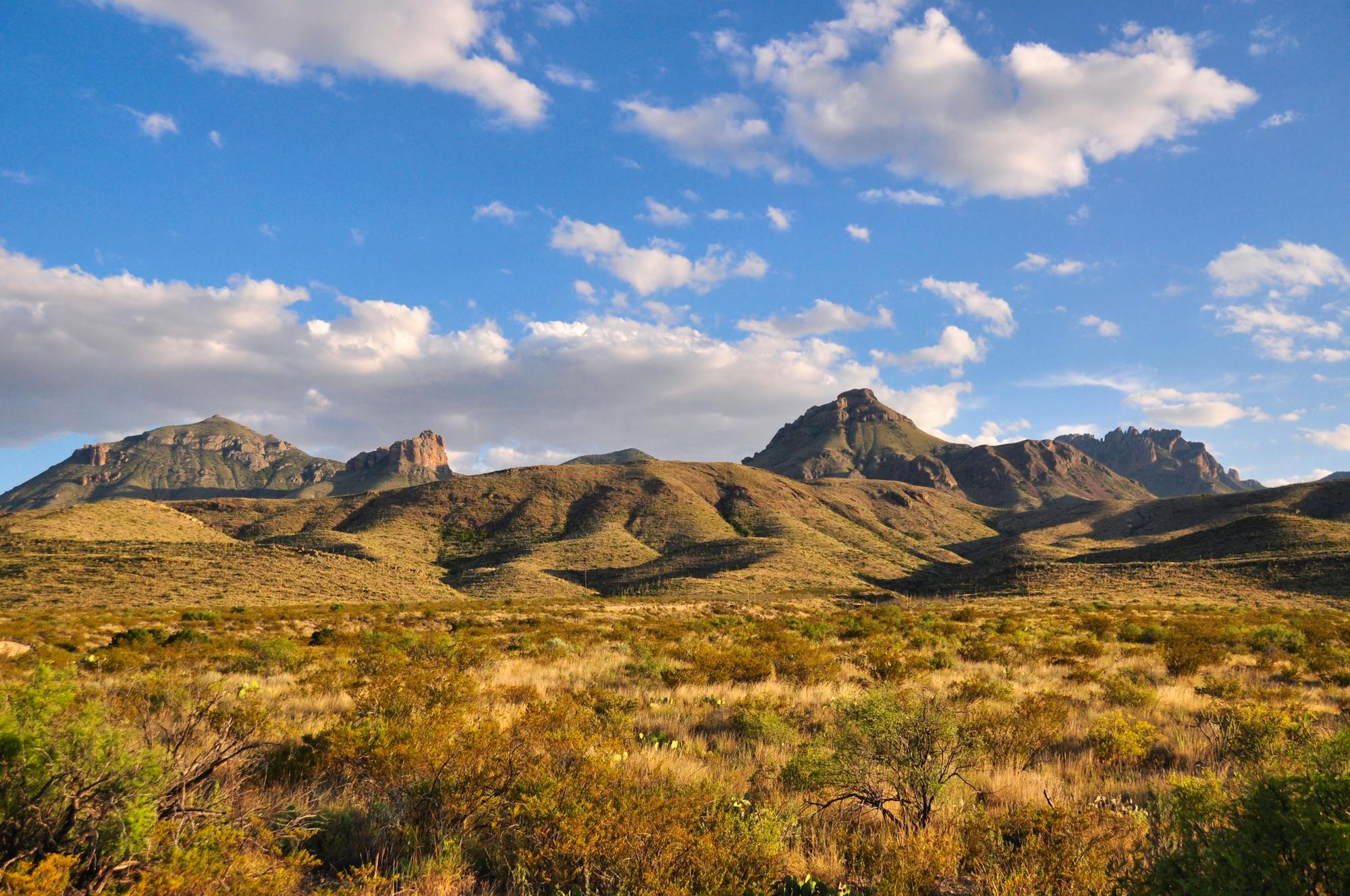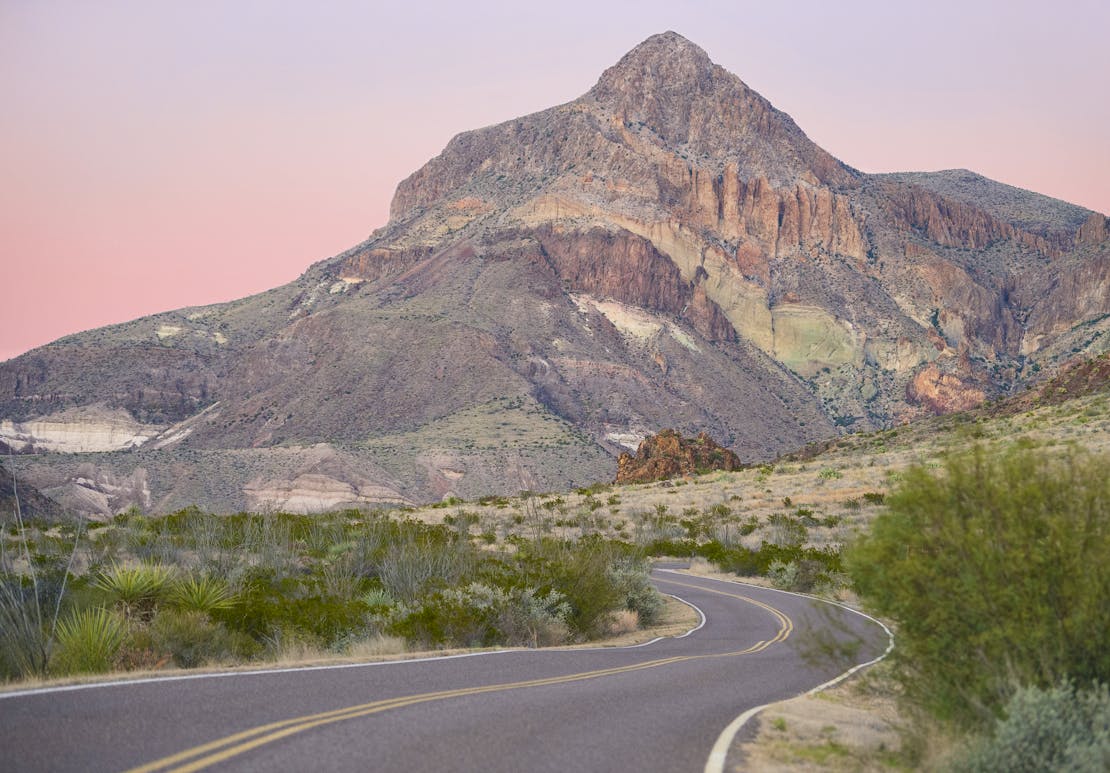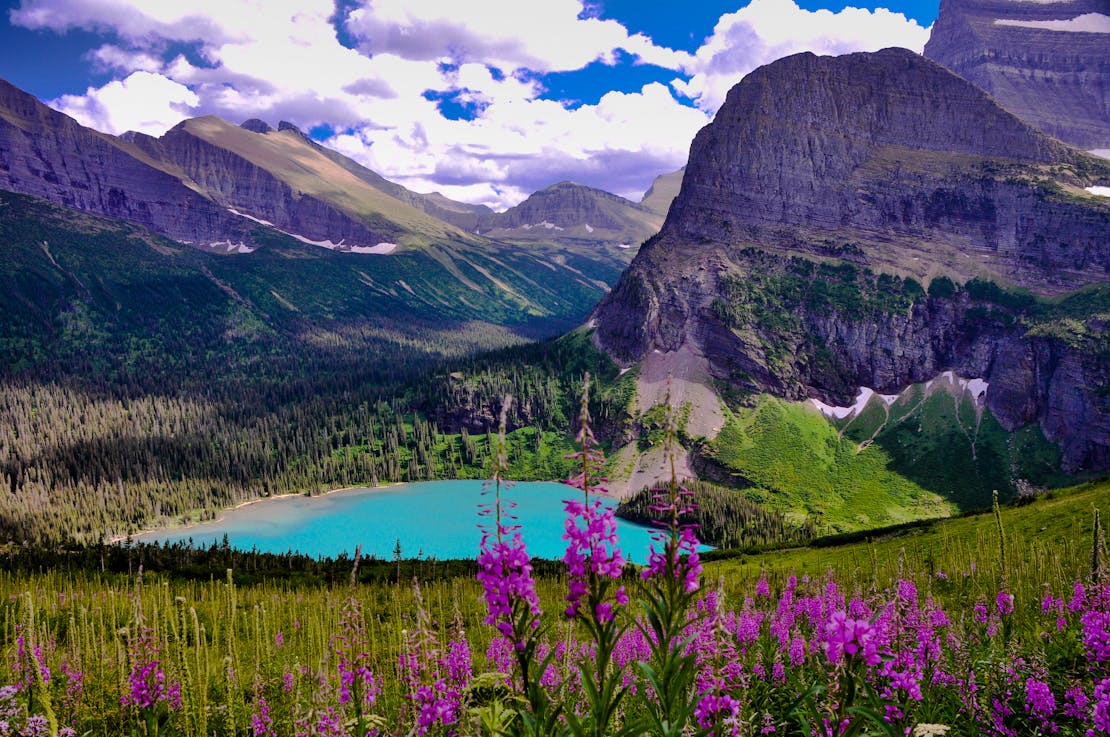At Big Bend National Park in Texas, the Rio Grande cuts through canyons where black bears, bats, and migratory birds move between river and desert environments. At Glacier National Park in Montana, grizzly bears and lynx move between valleys and high mountain passes. These routes keep the parks’ wildlife connected and healthy.
Congress is entertaining a new bill, however, that could impact parks, refuges, and federal lands located along our nation’s borders, like Big Bend and Glacier National Parks. The so-called Border Lands Conservation Act (S. 2967) would effectively strip the National Park Service, among other agencies, of management control along the entire northern and southern border and empower the Department of Homeland Security to convert our protected areas into de facto military zones.
What does the bill do?
The bill would prohibit agencies that manage federal lands along the border, like national parks and wildlife refuges, from restricting DHS activities. It also mandates new road building and clears the way for increased logging, among other activities.
These changes would carry real costs for wildlife and public lands. New roads and barriers would fragment habitat and block movement that species need to access water and food. More vehicles and aircraft would increase noise, light, and human disturbance. And ultimately, public land managers would lose the ability to apply core conservation mandates on these lands, including in designated wilderness areas.
What’s more, tribal consultation and community input could shrink or be bypassed altogether. The result? Less transparency, more conflict, and long-term damage that is hard and expensive to undo.
Here’s what that shift could mean on the ground for wildlife
Wildlife survive by moving across connected habitats to feed, breed, and adapt. The activities permitted by the Border Lands bill would block that movement, break up habitat, and cause regular disturbance.
In the south, ocelot, Sonoran pronghorn, and beach-nesting turtles could lose access to river corridors, desert flats, and dark beaches they need to travel and breed. In the north, grizzly bears, lynx, and wolverines could face new disturbances in valley bottoms, high passes, and roadless forests. This could increase wildlife mortality and human-wildlife conflict like vehicle collisions, putting declining wildlife populations at even greater risk.
It also reshapes public land management
National parks and wildlife refuges must be managed for conservation purposes. This requires the Park Service to protect wildlife and other resources from “impairment.” In the Refuge System where “wildlife comes first,” all management actions must serve species, such as the Florida panther and California condor.
The bill would effectively override core conservation tools like general management plans or compatibility determinations and subordinate the conservation missions of both the Park and Refuge Systems to DHS activities. It could also bypass on-the-ground safeguards like seasonal closures and vehicle restrictions that protect wildlife during breeding, denning, and migration. This would set an extraordinary precedent and undermine a century’s worth of laws governing the management of public lands.
The bill also proposes to directly amend the Wilderness Act, which carries with it the highest levels of land protection in federal law. The proposed amendment would authorize roads, motorized patrols, aircraft landings, and other “tactical infrastructure” in designated wilderness areas, breaking a core promise of the Wilderness Act. Once authorized, this type of activity is difficult to reverse, let alone mitigate. And approving this carve-out signals a severe departure from the Wilderness Act’s intent, indicating that even the strongest protections for our public lands are negotiable and easily eroded.
The Bottom Line
The Border Lands Conservation Act invites incompatible uses into our parks, refuges, and public lands, weakens our bedrock environmental laws, and undermines expert public land managers. This dangerous precedent must be avoided.
Defenders of Wildlife is working with Congressional allies and partner organizations to ensure this bill does not become law. We are briefing lawmakers on the risks it poses to public lands and wildlife and are mobilizing supporters in key border states to take action. While this bill has not yet advanced out of committee, these ideas are not new and are not going away. It represents just one of several ongoing threats to conservation along our borders, and Defenders will continue working to protect the land and wildlife that make these regions unique.







